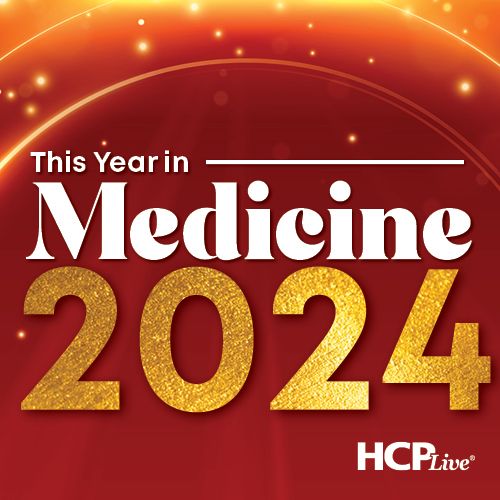Video
Q&A With Allan Krumholz, MD, from the University of Maryland: New Seizure Guidelines Suggest Wait and See Approach for Some
Author(s):
When a patient suffers their first seizure their initial reaction may be to seek immediate medical and pharmaceutical care to ensure there are no subsequent events. Doctors themselves may look for quick fixes rather than longer lasting remedies.
When a patient suffers their first seizure their initial reaction may be to seek immediate medical and pharmaceutical care to ensure there are no subsequent events. Doctors themselves may look for quick fixes rather than longer lasting remedies.
Allan Krumholz, MD, from the University of Maryland discussed how doctors and patients can work together to find the best course of treatment for their seizures and whether the treatment can wait until after the first event to implement a pharmaceutical solution.



